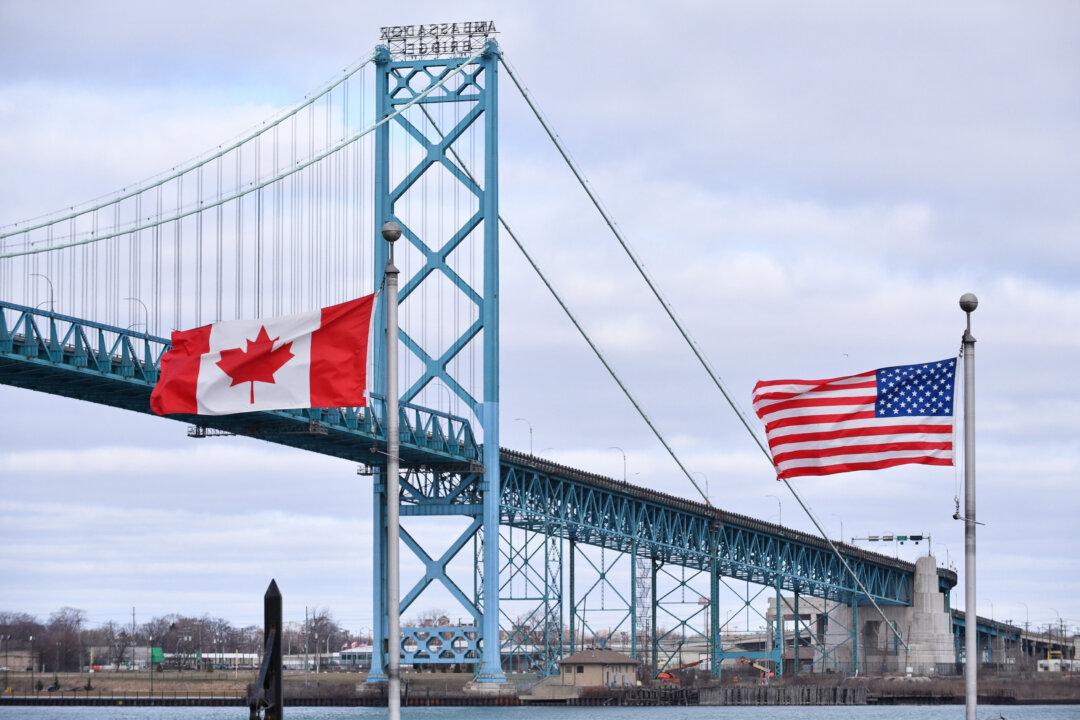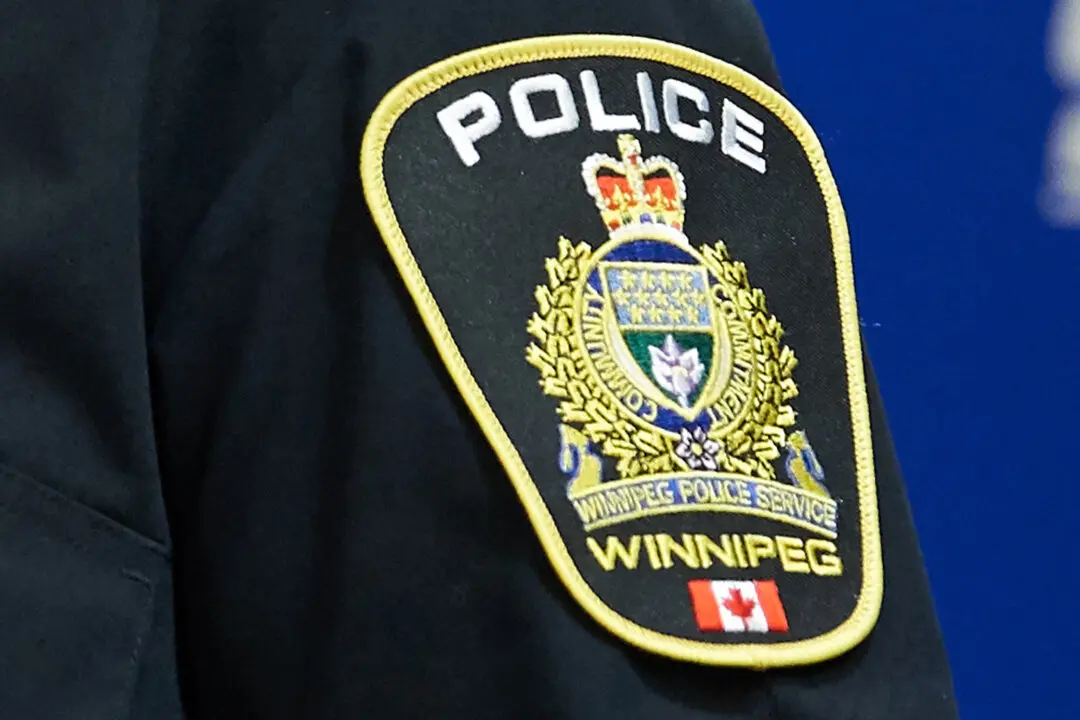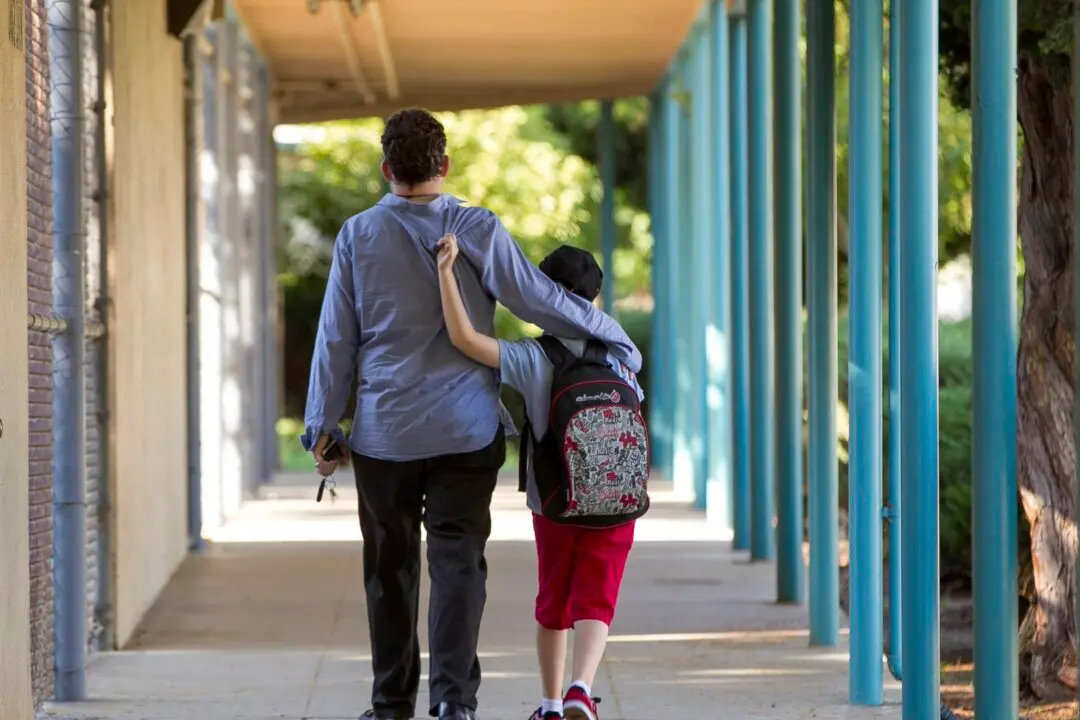Canadians driving into the United States will be asked to pre-submit photos and licence plate numbers to the Canada Border Services Agency (CBSA) starting in 2026, according to a federal report.
The upcoming requirements will fall under the agency’s Traveller Modernization initiative, a program aimed at expediting border processing by using digital tools.





